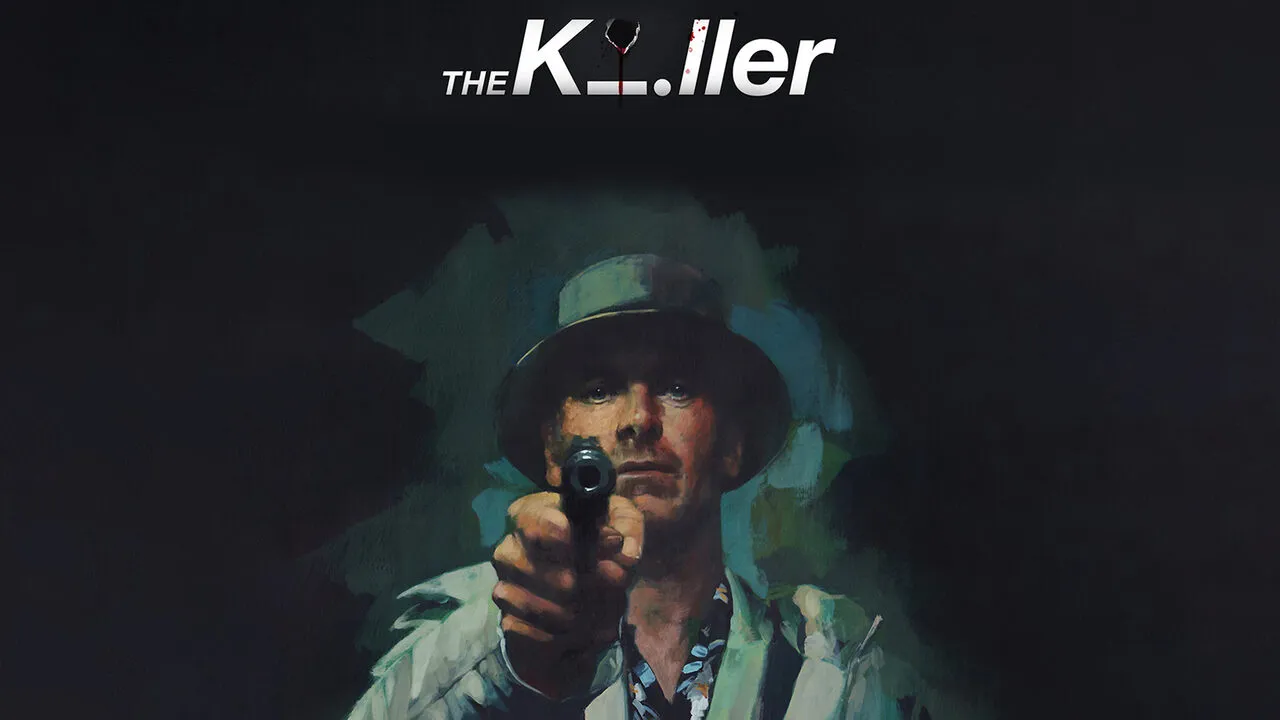David Fincher, a director renowned for his meticulous craftsmanship and dark thematic preoccupations, has once again made waves in the cinematic world with his latest venture, “The Killer.” Known for masterpieces such as “Se7en,” “Fight Club,” and “Gone Girl,” Fincher’s signature style is unmistakable, and “The Killer” is no exception. This film, starring Michael Fassbender as the titular character, dives deep into the psyche of an assassin, offering a gripping narrative set against the backdrop of Fincher’s characteristic neo-noir aesthetic.
Plot Overview of “The Killer”
“The Killer” follows the life of a nameless assassin, portrayed by Fassbender, who is methodical, precise, and ruthlessly efficient. His world is one of solitude and discipline, guided by a strict moral code and professional ethos. However, his life spirals out of control when a mission goes awry, forcing him into a deadly game of cat and mouse. As he navigates the treacherous waters of betrayal and revenge, the film delves into themes of identity, morality, and the thin line between predator and prey.
Fincher’s Directorial Brilliance
David Fincher’s direction in “The Killer” is nothing short of exemplary. His ability to create tension and sustain it throughout the film is masterful. The opening sequence, which meticulously details the preparation and execution of a hit, sets the tone for the film. Every shot is calculated, every movement deliberate, reflecting the protagonist’s precision and cold-blooded nature.
Fincher’s use of lighting and color palette further enhances the film’s mood. The shadowy, dimly lit environments contribute to the sense of paranoia and unease that permeates the narrative. This visual style, combined with a hauntingly minimalistic score by Trent Reznor and Atticus Ross, envelops the viewer in a world that is as beautiful as it is menacing.
Michael Fassbender’s Stellar Performance
Michael Fassbender’s portrayal of the assassin is a tour de force. His ability to convey a complex array of emotions with subtlety and restraint is remarkable. The character’s internal struggle is palpable, even when he maintains an outwardly stoic demeanor. Fassbender’s performance is both chilling and sympathetic, allowing the audience to connect with a character who operates in the moral grey area.

Supporting Cast and Characters
The supporting cast in “The Killer” also delivers noteworthy performances. Tilda Swinton, in a brief but memorable role, plays a fellow assassin whose encounter with Fassbender’s character is both tense and darkly humorous. Their interaction provides a glimpse into the world of hired killers, revealing the professional camaraderie and rivalry that exists within this clandestine community.
Screenplay and Adaptation
“The Killer” is based on the French graphic novel series “Le Tueur” by Matz and Luc Jacamon. The screenplay, adapted by Andrew Kevin Walker, who previously collaborated with Fincher on “Se7en,” stays true to the source material while infusing it with Fincher’s distinct sensibilities. The dialogue is sparse but impactful, often allowing the visuals to speak louder than words. The narrative is tightly woven, with each scene meticulously crafted to advance the plot and deepen the character study.
Themes and Symbolism
At its core, “The Killer” explores the duality of human nature and the existential dilemmas faced by those who live outside the bounds of conventional morality. The protagonist’s rigid adherence to his own code is juxtaposed with moments of vulnerability and doubt, highlighting the inherent conflict between his professional identity and his humanity. The film also delves into the concept of identity, with the assassin’s namelessness symbolizing the erasure of personal identity in the pursuit of perfection and detachment.
Cinematography and Visual Style
The cinematography by Erik Messerschmidt, who won an Academy Award for his work on Fincher’s “Mank,” is outstanding. The use of long takes and steady shots creates a sense of realism and immersion, while the precise framing and composition reflect the protagonist’s meticulous nature. The film’s visual style is a testament to Fincher’s ability to create atmospheric tension and visual poetry within the constraints of the neo-noir genre.
Editing and Pacing
Editing plays a crucial role in “The Killer,” with Kirk Baxter, a frequent Fincher collaborator, delivering a tight and cohesive narrative structure. The pacing is deliberate, allowing the audience to absorb the intricate details of the plot and the psychological depth of the characters. The film balances moments of intense action with quieter, introspective scenes, maintaining a steady rhythm that keeps viewers engaged throughout its runtime.
Sound Design and Score
The sound design in “The Killer” is another standout element. The ambient sounds and meticulously crafted audio effects enhance the immersive experience, drawing the audience into the assassin’s world. The score by Trent Reznor and Atticus Ross, with its haunting and minimalist approach, complements the film’s tone perfectly. The music underscores the tension and emotional weight of the narrative without overpowering it, demonstrating the duo’s skill in enhancing the cinematic experience through sound.
Conclusion
“The Killer” is a triumph for David Fincher, showcasing his unparalleled ability to blend visual artistry with compelling storytelling. The film’s exploration of the assassin’s psyche, combined with Fassbender’s riveting performance and the exceptional technical execution, makes it a standout entry in the neo-noir genre. Fincher’s meticulous attention to detail and mastery of suspense are on full display, cementing his reputation as one of the most accomplished directors of our time. “The Killer” is a must-watch for fans of Fincher’s work and anyone who appreciates a finely crafted, thought-provoking thriller.
